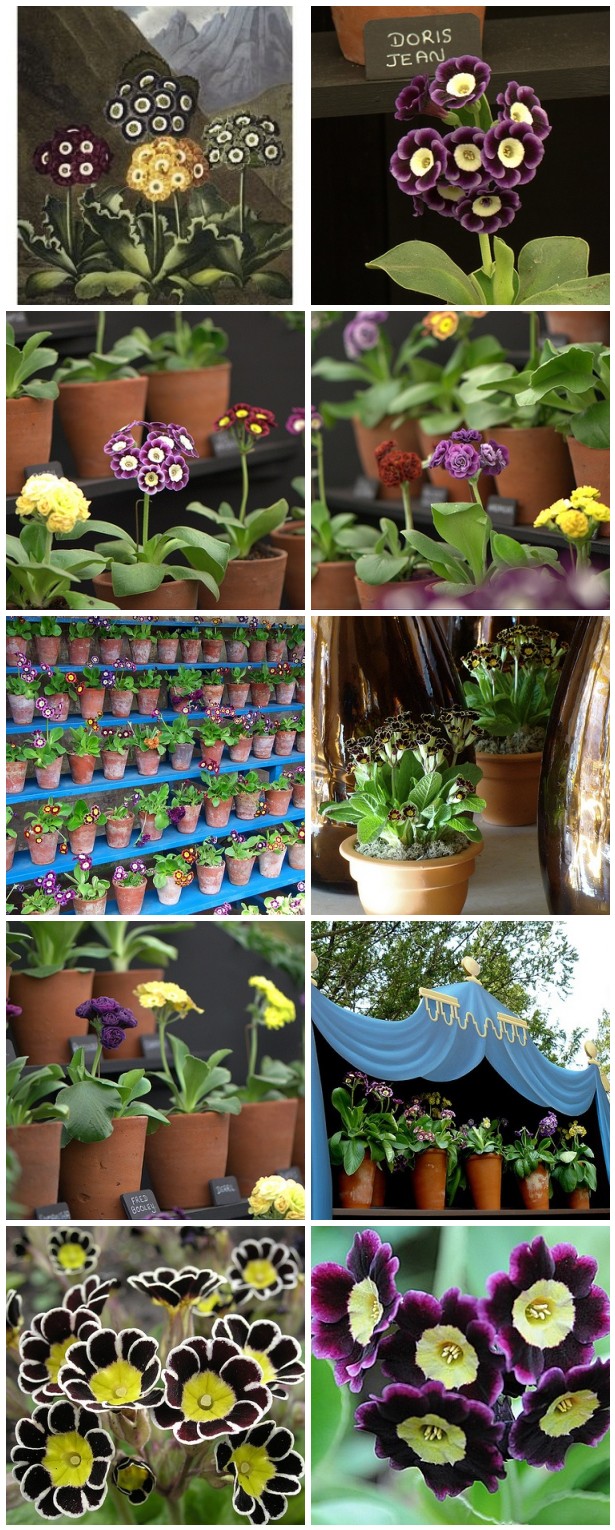

This section may benefit from being shortened by the use of summary style. The visible parts of some fungi – particularly mushrooms with a distinctive appearance (e.g., fly agaric) – have significantly contributed to folklore. In some stories or artworks, fungi play an allegorical role, or part of mythology and folklore. Since 2020, the annual Fungi Film Festival recognizes movies about fungi in all genres. Reflecting these representations of mushroom, Western cultures have been referred to as mycophobes (fear, loathing, or hostility towards mushrooms), a term first coined as fungophobia by British mycologist William Delisle Hay in his 1887 book An Elementary Text-Book of British Fungi, whereas Asian cultures have been generally described as mycophiles. In Western art, fungi have been historically saturated with negative associations, whereas Asian art and folk art is generally more favourable towards fungi. They may depict the effects of these substances, make art under the influence of these substances, or in some cases, both. They may also work with mycologists, ecologists, designers, or architects in a multidisciplinary way.Īrtists may be indirectly influenced by fungi via derived substances (such as alcohol or psilocybin).

Artists using fungi may explore themes of transformation, decay, renewal, sustainability, or cycles of matter. Artists may use fungi as allegory, narrative, or as props they may also film fungi with time-lapse photography to display fungal life cycles, or try more experimental techniques. There are a few exhibitions dedicated to fungi, and even an entire museum (the Museo del Hongo in Chile).Ĭontemporary artists experimenting with fungi often work within the realm of the BioArts and may use fungi as materials.

Fungi appear in nearly all artforms, including literature, paintings, and graphic arts and more recently, contemporary art, music, photography, comic books, sculptures, video games, dance, cuisine, architecture, fashion, and design. They appear in many different artworks around the world, starting as early as around 8000 BCE.


 0 kommentar(er)
0 kommentar(er)
